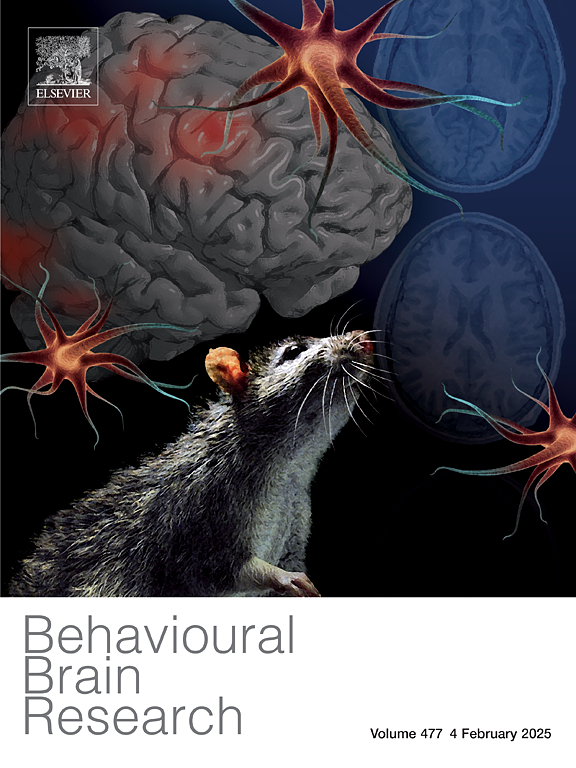Subjective cognitive decline in conjunction with cerebrospinal fluid anti-ATP1A3 autoantibodies and a low amyloid β 1–42/1–40 ratio: Report and literature review
IF 2.6
3区 心理学
Q2 BEHAVIORAL SCIENCES
引用次数: 0
Abstract
Background
Animal studies reveal the role of the sodium/potassium transporting ATPase α-3 subunit (ATP1A3) in maintaining the resting membrane potential and thus in synaptic information processing and potentially cognitive disorders. However, autoantibodies against AT1A3 have not previously been reported in patients with subjective cognitive decline.
Case presentation
We report the case of a 57-year-old female who underwent neuropsychological testing, magnetic resonance imaging (MRI) and 18 F fluorodesoxyglucose positron emission tomography (FDG-PET) imaging, and cerebrospinal fluid (CSF) analysis. Neural autoantibodies were assessed in serum and CSF. We found a normal cognitive profile together with a self-reported cognitive decline, and such consistent with subjective cognitive decline (SCD). Analysis of the cerebrospinal fluid revealed anti-ATP1A3 autoantibodies. ATP1A3 autoantibodies were also detected in serum. Analysis of amyloid pathology markers in the CSF showed a slightly reduced amyloid β1–42/ amyloid β1–40 ratio. In view of the possible paraneoplastic autoantibodies, whole-body FDG-PET was performed, which did not reveal a malignancy-specific lesion. FDG-PET of the brain also showed no hypometabolism. We diagnosed SCD based on CSF-affirmed possible Alzheimer´s pathologic change with ATP1A3 autoantibodies in CSF and serum.
Conclusions
To our knowledge, this is the first report of CSF and serum ATP1A3 autoantibodies associated with SCD although an incidental finding cannot be fully excluded. In addition, amyloid pathology was detected via CSF biomarkers, suggesting that ATP1A3 autoantibodies are a potentially promising biomarker in SCD with an Alzheimer´s pathologic change if confirmed in large-scale studies.
求助全文
约1分钟内获得全文
求助全文
来源期刊

Behavioural Brain Research
医学-行为科学
CiteScore
5.60
自引率
0.00%
发文量
383
审稿时长
61 days
期刊介绍:
Behavioural Brain Research is an international, interdisciplinary journal dedicated to the publication of articles in the field of behavioural neuroscience, broadly defined. Contributions from the entire range of disciplines that comprise the neurosciences, behavioural sciences or cognitive sciences are appropriate, as long as the goal is to delineate the neural mechanisms underlying behaviour. Thus, studies may range from neurophysiological, neuroanatomical, neurochemical or neuropharmacological analysis of brain-behaviour relations, including the use of molecular genetic or behavioural genetic approaches, to studies that involve the use of brain imaging techniques, to neuroethological studies. Reports of original research, of major methodological advances, or of novel conceptual approaches are all encouraged. The journal will also consider critical reviews on selected topics.
 求助内容:
求助内容: 应助结果提醒方式:
应助结果提醒方式:


